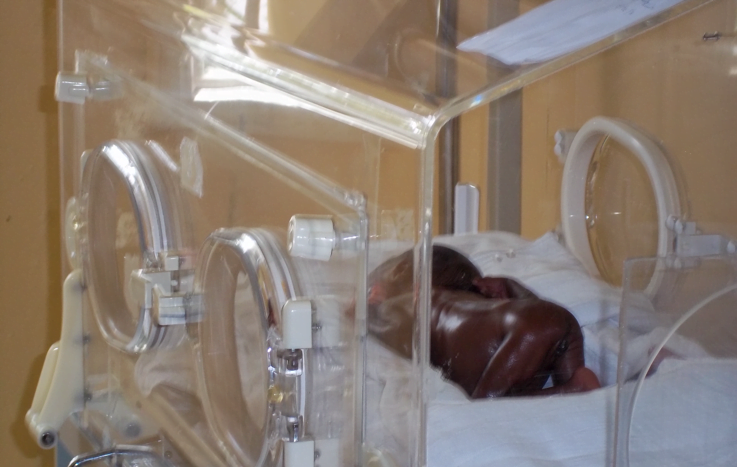First the good news. Fewer newborns are dying worldwide than at any point in human history. According to a joint study by the WHO and Save the Children (published in the peer reviewed PLoS Medicine) newborn deaths decreased from 4.6 million in 1990 to 3.3 million in 2009, and fell slightly faster since 2000. The report credits global investments into maternal and child health care following the United Nations Millennium Development Goals (MDGs) which were set in 2000.
While in Cameroon with UNITAID last week, I visited the Neo-Natal Intensive Care Unit of the Chantal Biya Foundation Hospital in Yaounde. It is investments like this that have helped to reduce infant mortality in the developing world.
So that’s the good news. Here’s the bad news.
Almost 99% of newborn deaths occur in the developing world. The new study found that in part because of their large populations, more than half of these deaths now happen in just five large countries – India, Nigeria, Pakistan, China and Democratic Republic of the Congo. India alone has more than 900,000 newborn deaths per year, nearly 28% of the global total. Nigeria, the world’s seventh most populous country, now ranks second in newborn deaths up from fifth in 1990. This is due to an increase in the total number of births while the risk of newborn death has decreased only slightly. In contrast, because the number of births went down and the risk of newborn death was cut in half (23 to 11 per 1000), China moved from second place to fourth place.
The United States also does not fare terribly well in this report. It is by far the richest country in the world in terms of GNP, but ranks 40th in infant survival. Here in the USA, our infant mortality rate is 4.3 per 1,000 live births. That puts us on par with Croatia, Qatar and the United Arab Emirates, and behind Cuba and Poland. The report does not say why our infant mortality rate is so high, but I would guess that it has to do with income inequality and lack of access to health care.

